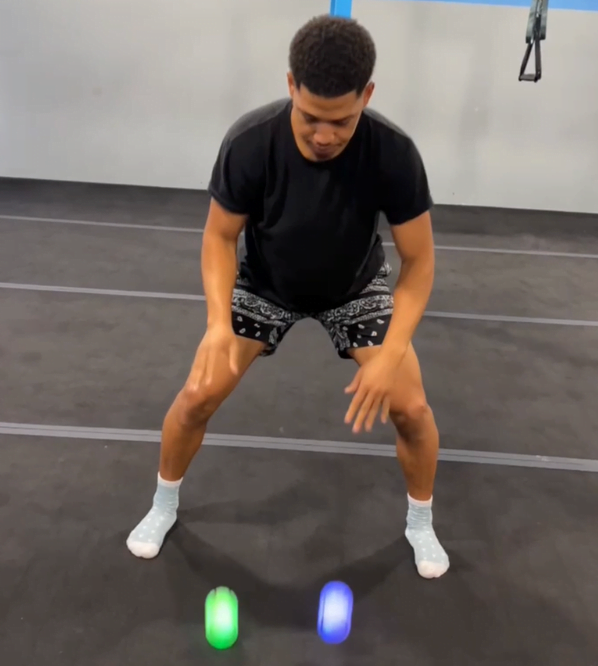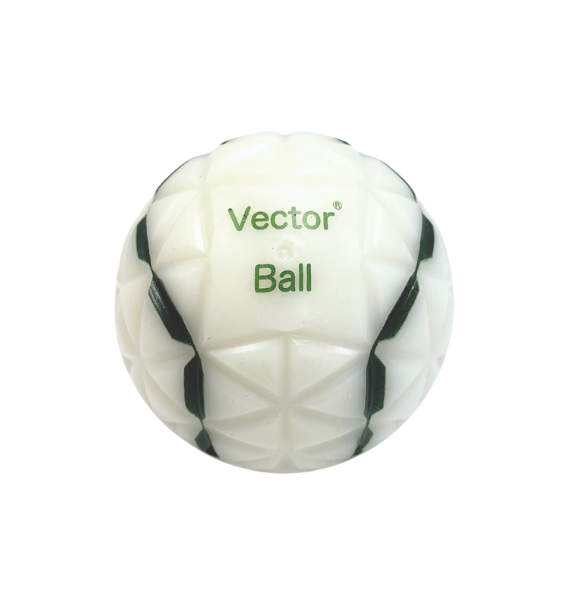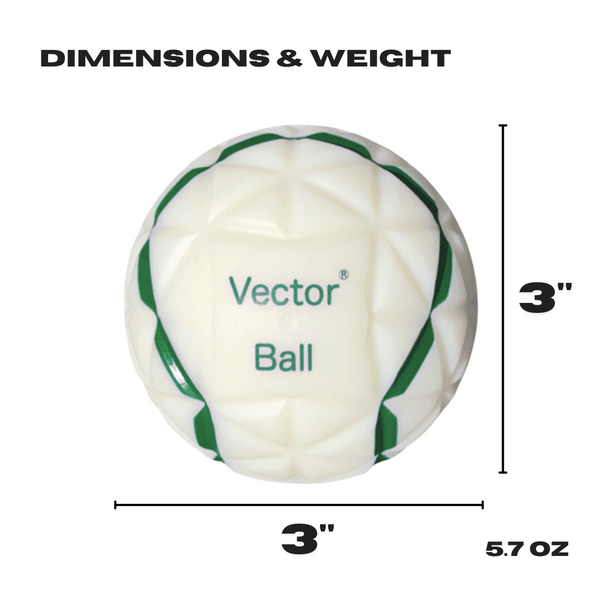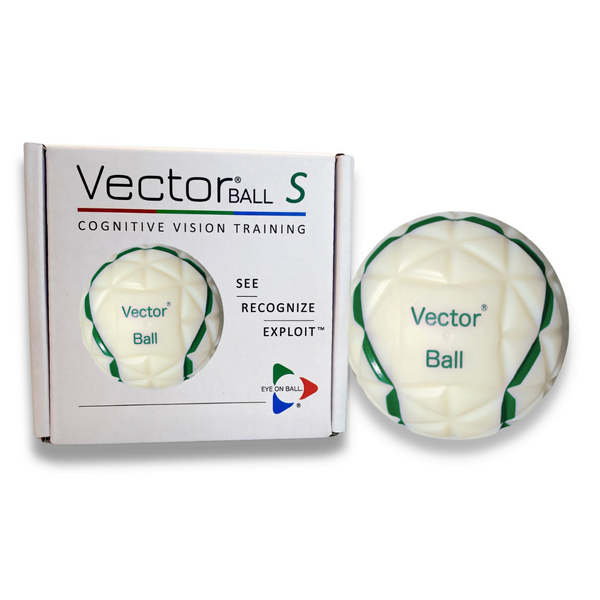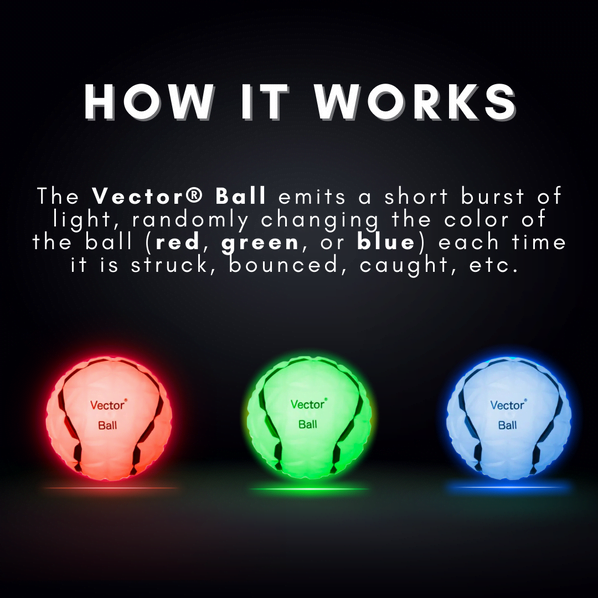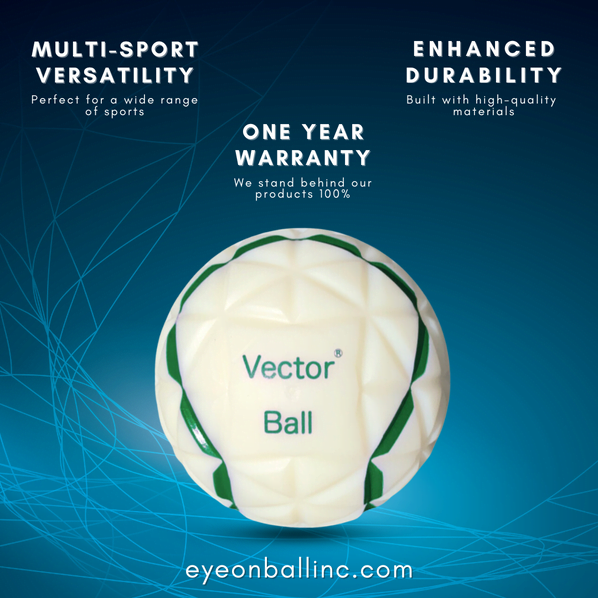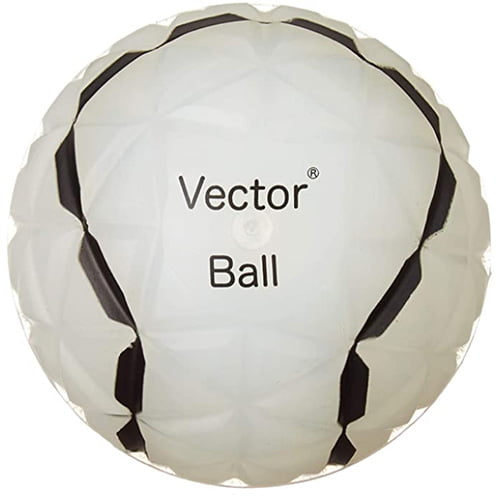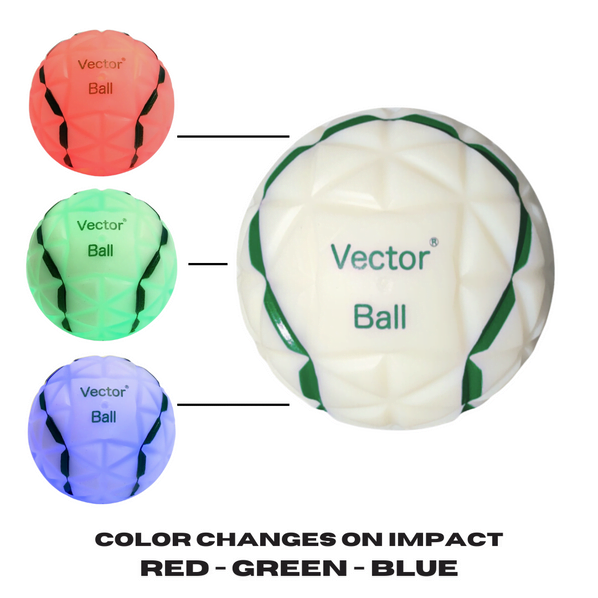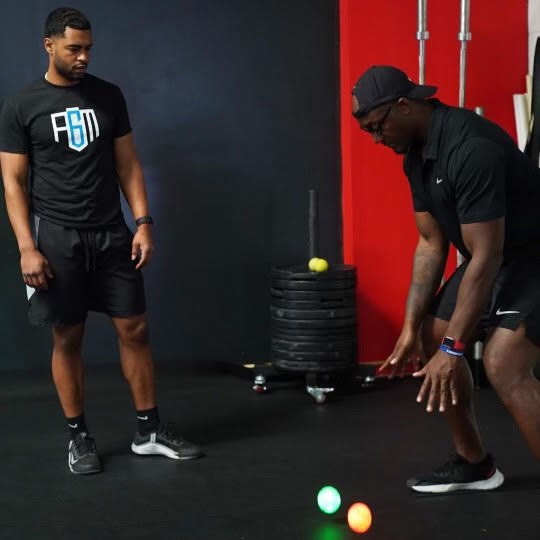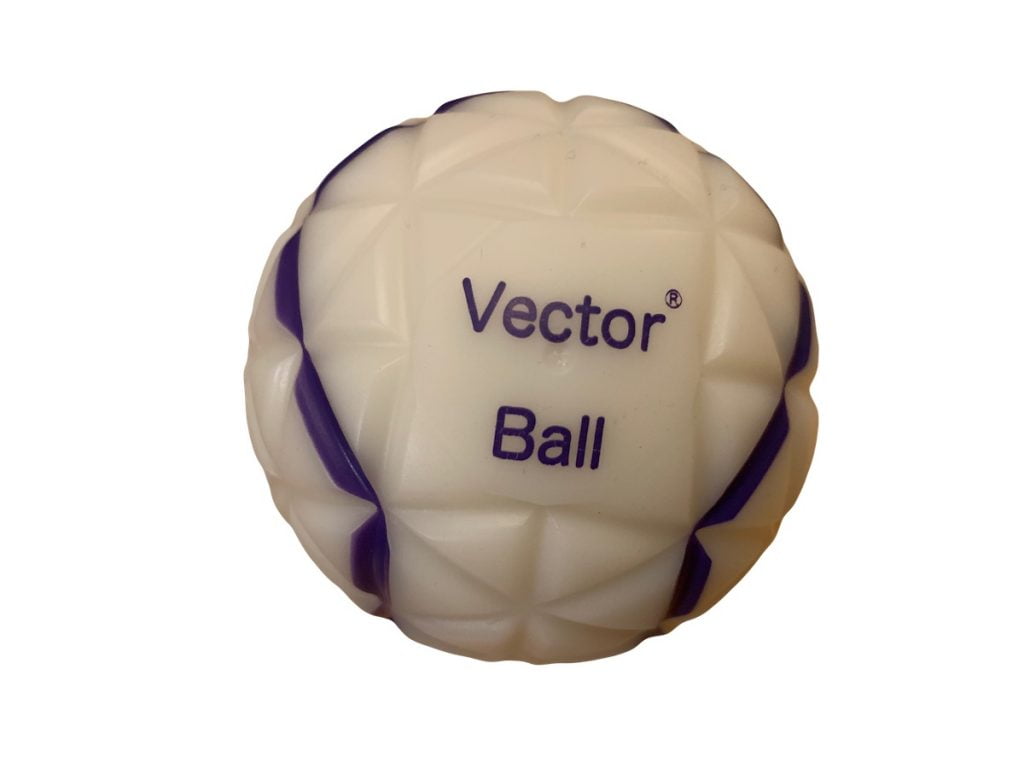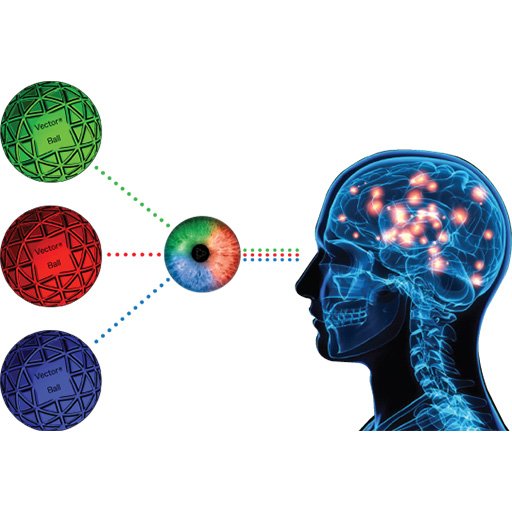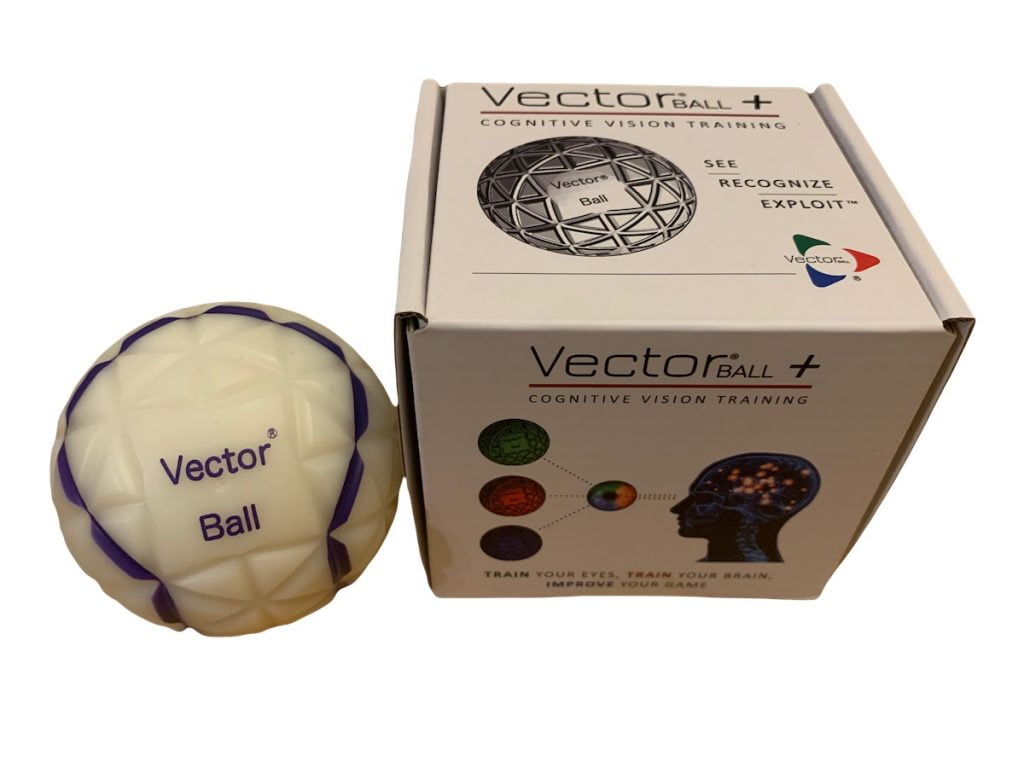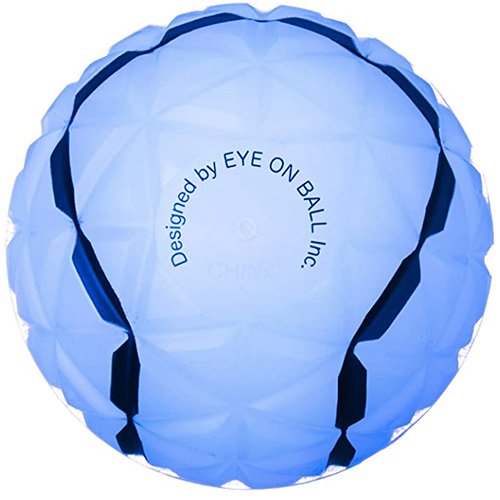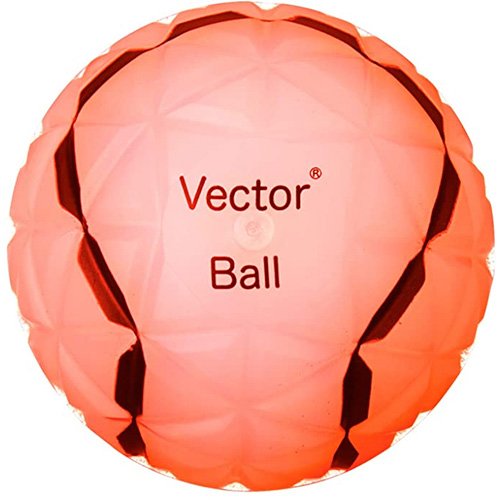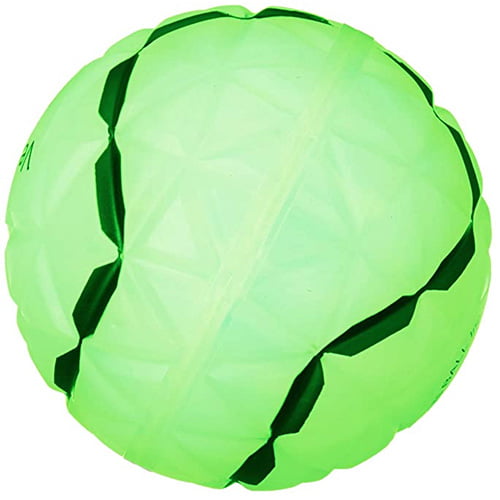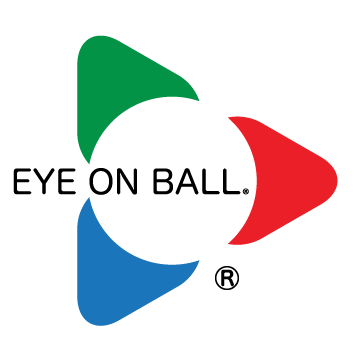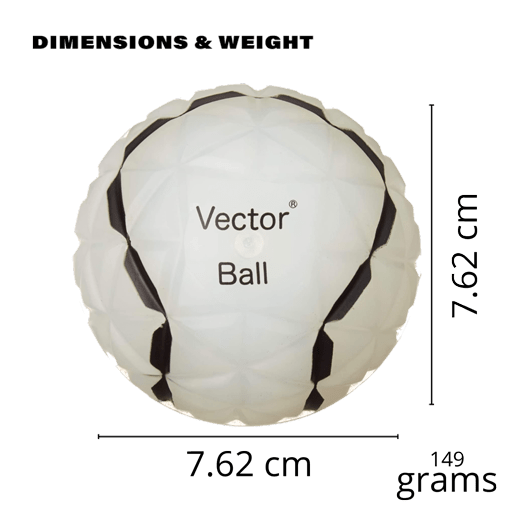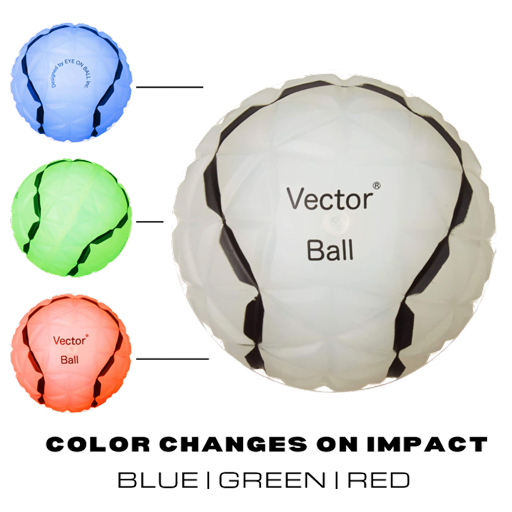Engages both sides of the brain, helping improve sustained attention and mental alertness.
Activates the proprioceptive and vestibular systems, improving balance, posture, and self-regulation.
Rhythmic, repetitive movement helps calm the nervous system and manage emotional overwhelm.
Strengthens communication between brain hemispheres, supporting reading, writing, and coordination.
Develops the ability to plan, sequence, and carry out movements, often an area of difficulty for neurodivergent children.
Supports eye movement control, which is essential for learning and attention tasks in the classroom.
Allows children to release built-up energy in a constructive way, making it easier to return to tasks with focus.
Helps children become more aware of their body in space, reducing impulsivity and fidgeting.
